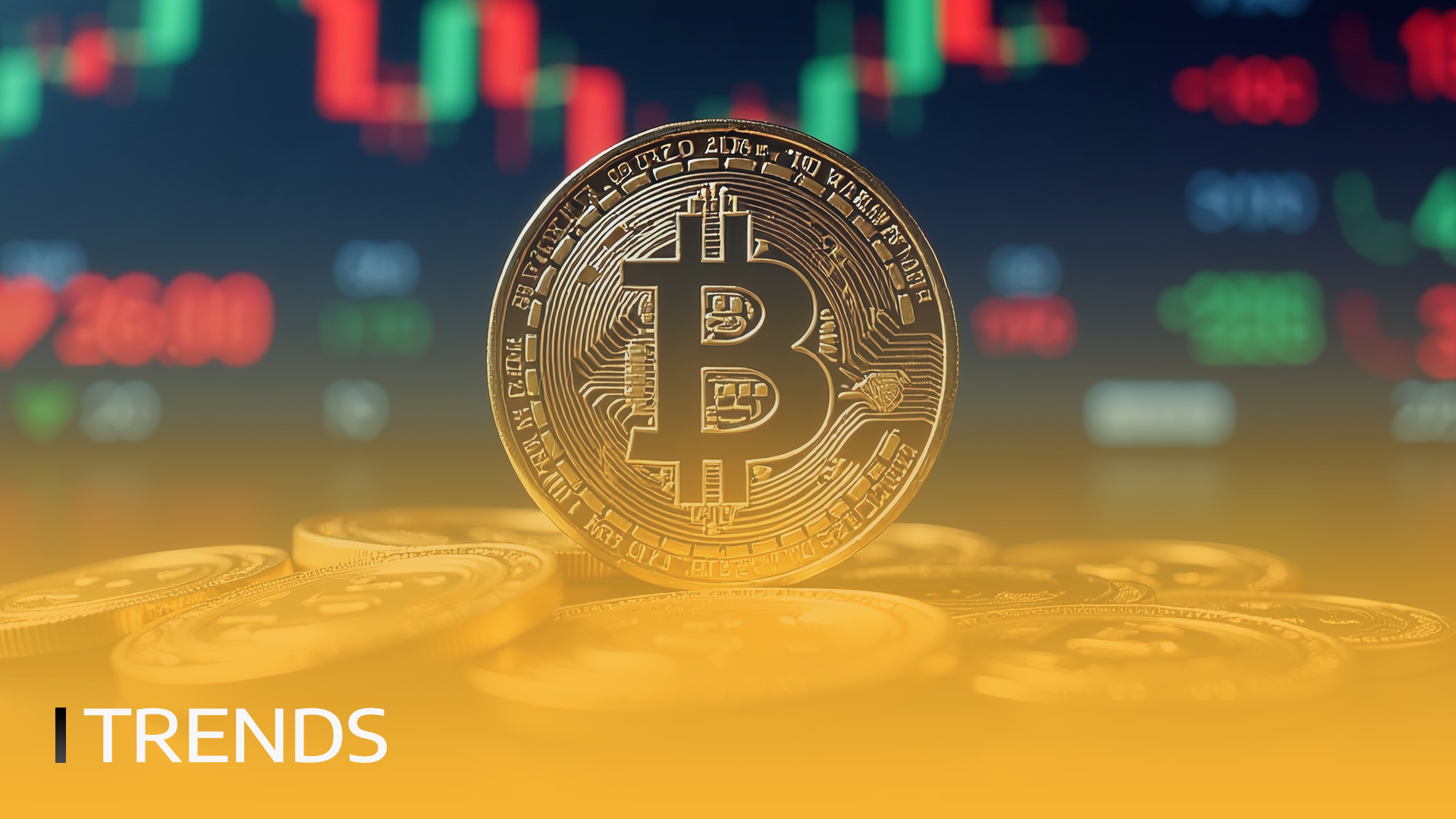Monero (XMR) yra į privatumą orientuota kriptovaliuta, sukurta užtikrinti saugias, neatsekamas ir cenzūrai atsparias operacijas. Paleistas 2014 m., Monero naudoja pažangius kriptografinius metodus, kad užtikrintų sandorių anonimiškumą, todėl tai yra vienas iš labiausiai privačių ir pakeičiamų skaitmeninių aktyvų.
Moner vietinis žetonas XMR tarnauja kaip decentralizuota mainų priemonė, pirmenybę teikianti finansiniam privatumui, o ne skaidrumui.
 LT
LT


